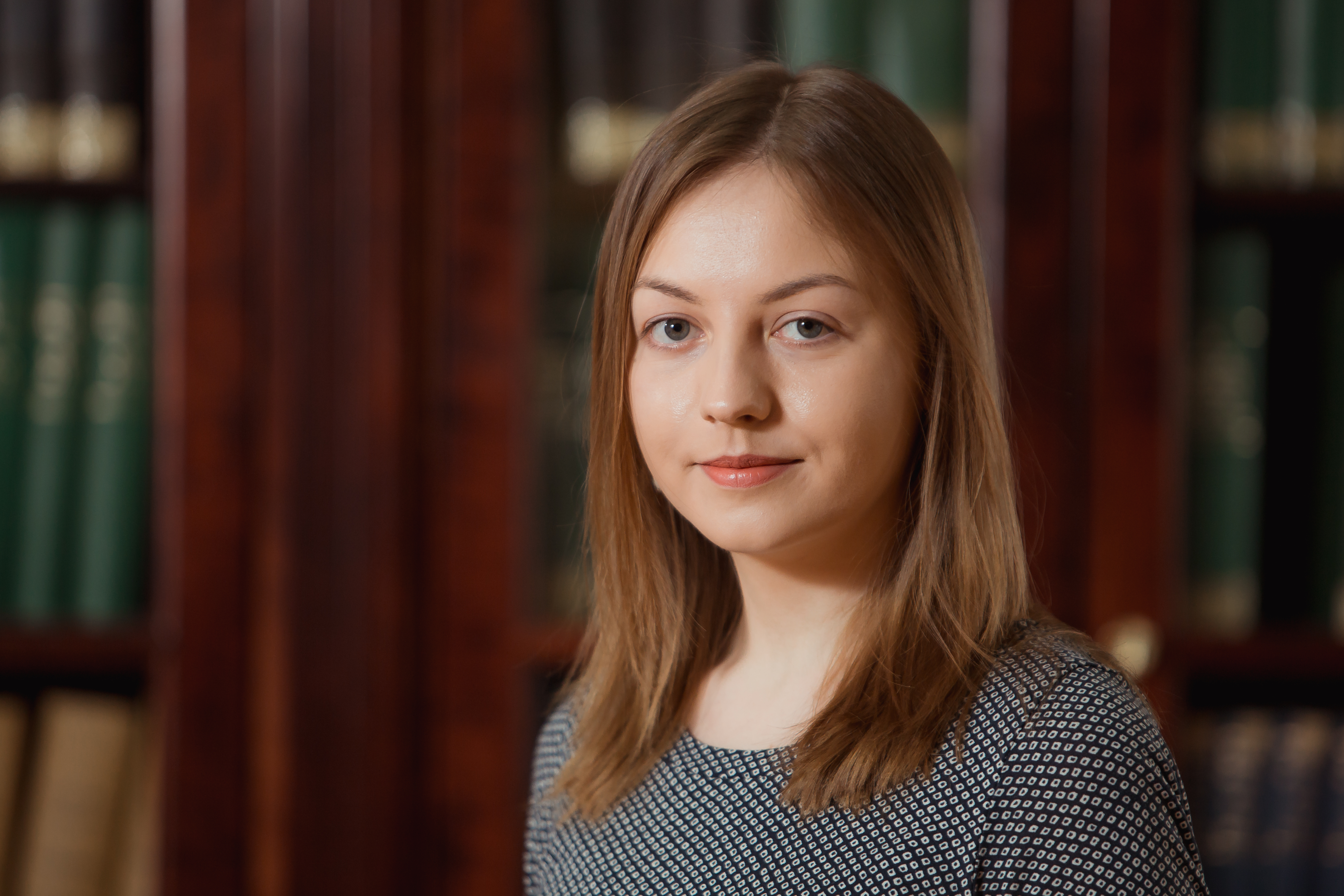
The image representing the connectivity of the Hilbert space in a quantum system, created with the help of the Mathematica programme, as part of a paper whose authors are two researchers of the Institute, was published at the end of July 2020 on the front page of Communications Physics journal published by Nature – the most prestigious science publisher.
The paper titled Quantum scars of bosons with correlated hopping was published in the above-mentioned journal in June. The first listed author is Ana Hudomal (shown in the photo below) of the Scientific Computing Laboratory at the Institute of Physics, Belgrade while the co-authors are Dr Ivana Vasić of the same Laboratory, Dr Nicolas Regnault of Princeton University and the French National Centre for Scientific Research (CNRS) and Dr Zlatko Papić of the University of Leeds.
Although, according to Ana Hudomal, it is usual ’for initial states to be quickly thermalized in non-integrable quantum systems’, recent quantum simulations on Rydberg atoms have found different evidence. ’In particular initial configurations, the system unexpectedly thermalized slowly. It would return to its initial state periodically and some persistent density oscillations occurred’, says Ana Hudmal and explains that this phenomenon was subsequently interpreted by the existence of many-body quantum scars. These are specific signatures of a system, dispersed across the whole energetic spectrum. ‘Their entanglement entropies are significantly lower than the entanglement entropies of neighbouring sites with the approximately same energies’, further elaborates Ana Hudomal.
When quantum scars occur in a model is one of the questions to which researchers have sought an answer. In the paper published last summer, Hudomal and Dr Vasić along with their colleagues present the realization of these scars in one-dimensional boson model. ’We studied non-equilibrium dynamics and analysed correlation functions and entanglement entropy, demonstrating that the existence of multi-body quantum scars is also possible in the model of a “soft” kinetic constraint in the form of density-assisted hopping’, says Hudmal adding that their model is in a sense superior to some other theoretical models. In other words, this or a similar model could also be realized experimentally using ultracold atoms in optical lattices which would contribute to the research of multi-body quantum scars through an experiment. In the graphs, selected on the site of the renowned journal, dots represent all possible states of this system and the lines connect those able to transform under the Hamiltonian. In addition to this, the image represents an untypical situation since some states are more inter-connected than with the rest of the system, and according to the author, this characteristic of Hilbert space is significant for the non-equilibrium system dynamic.





